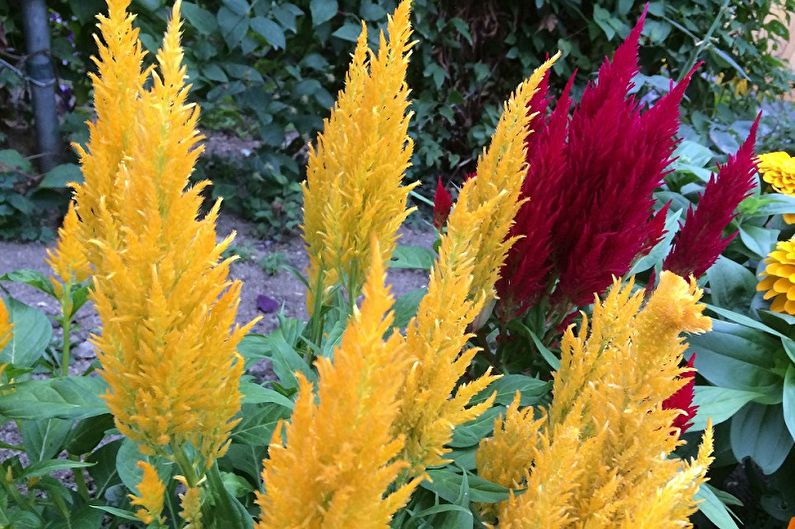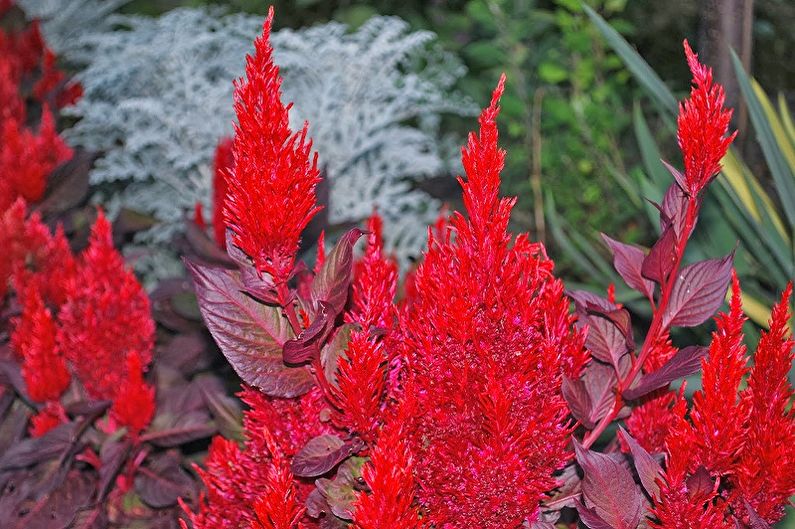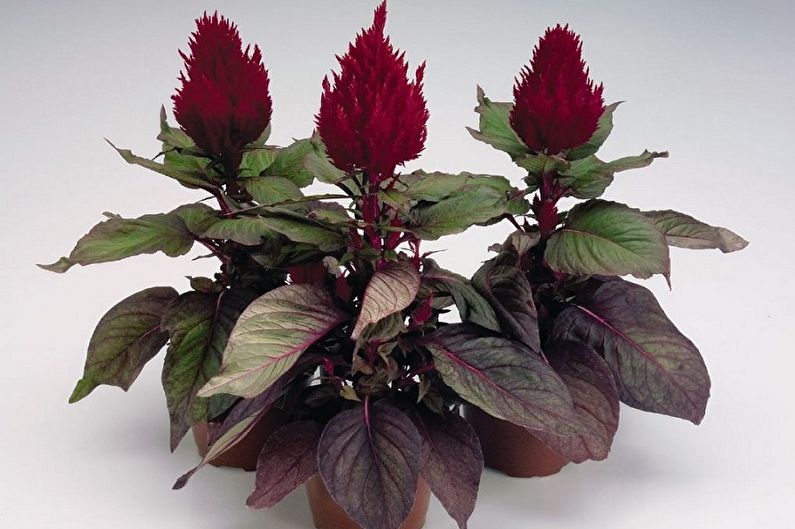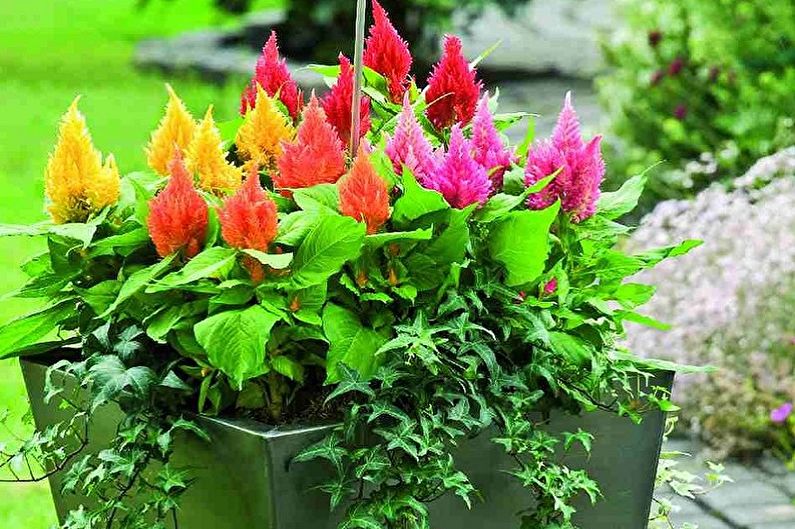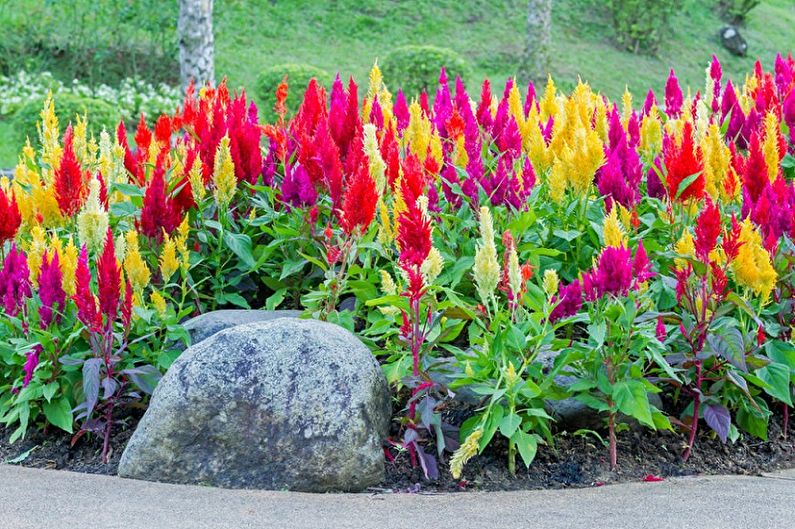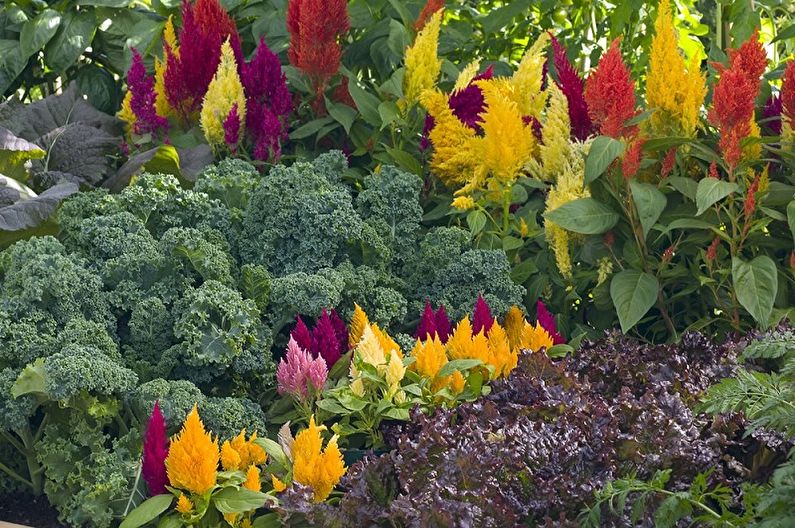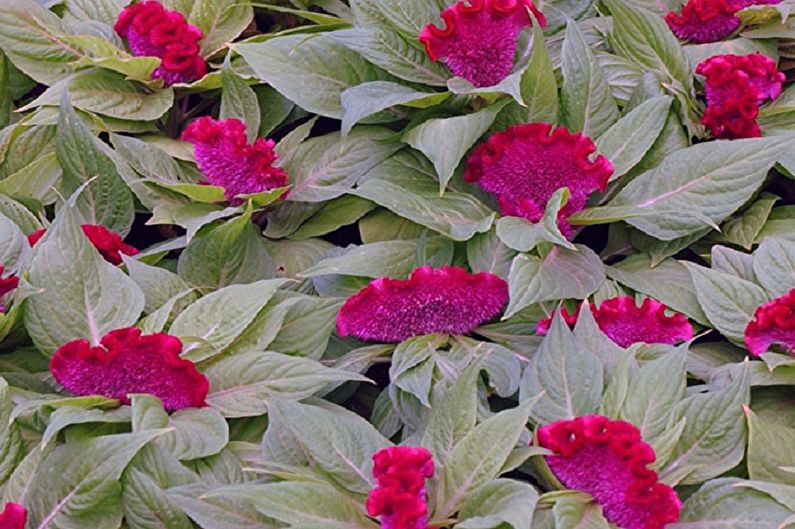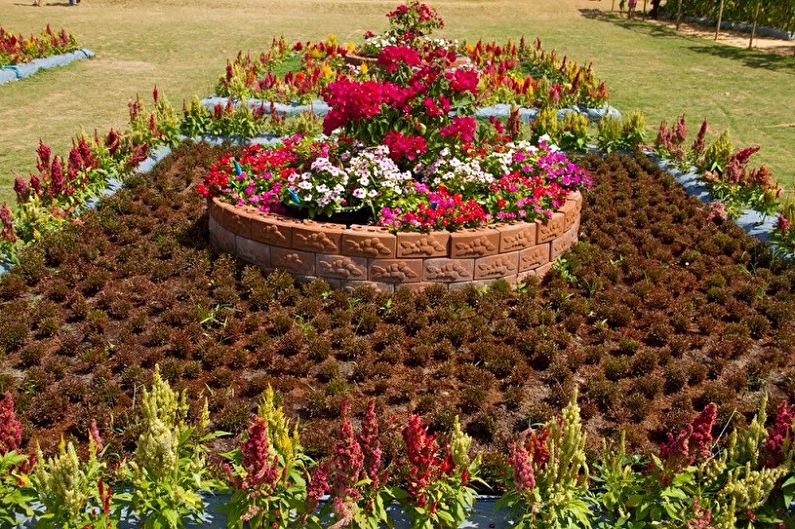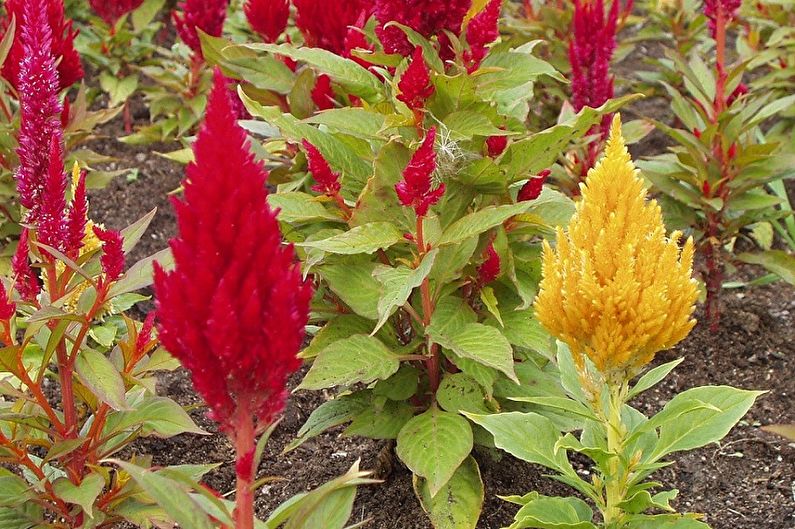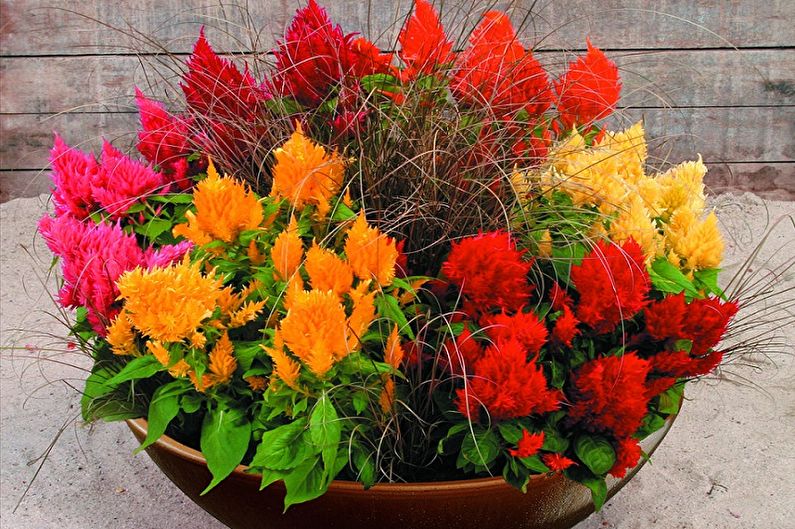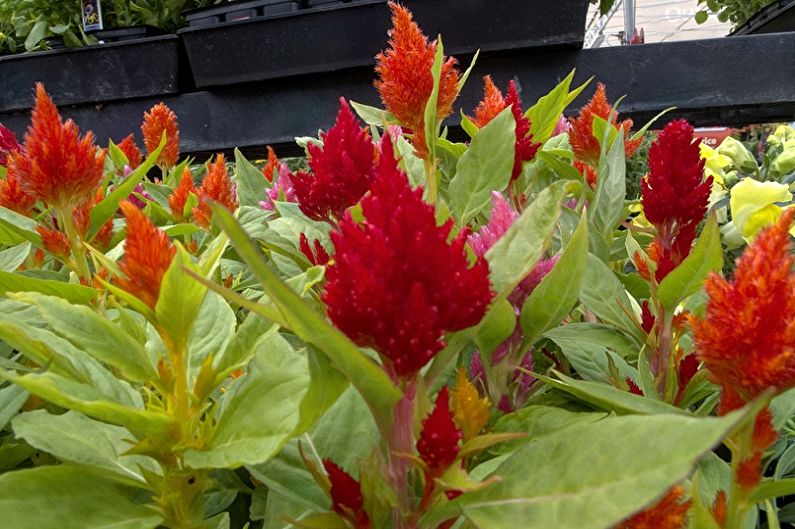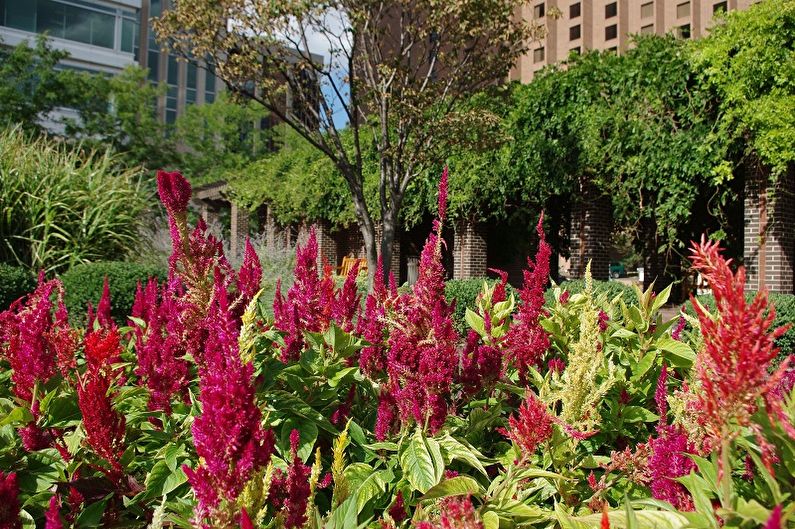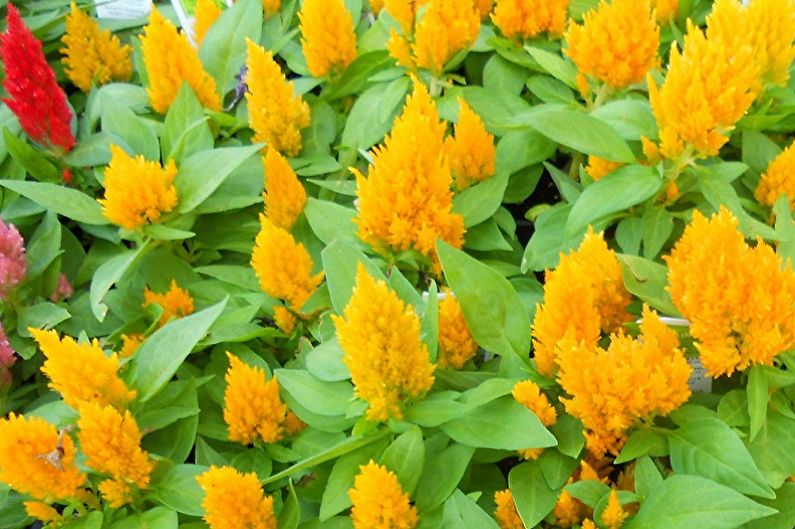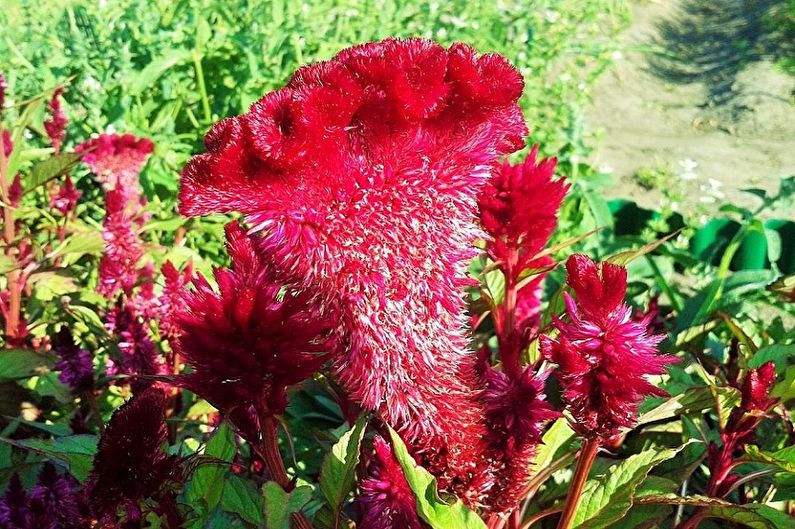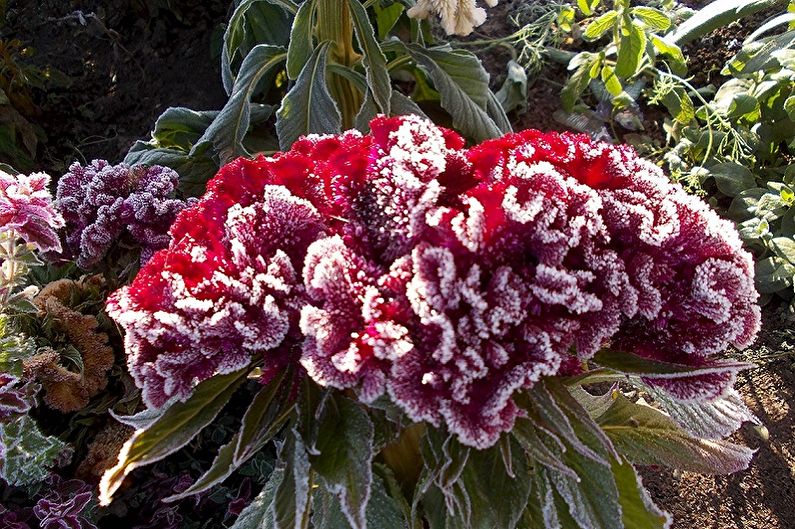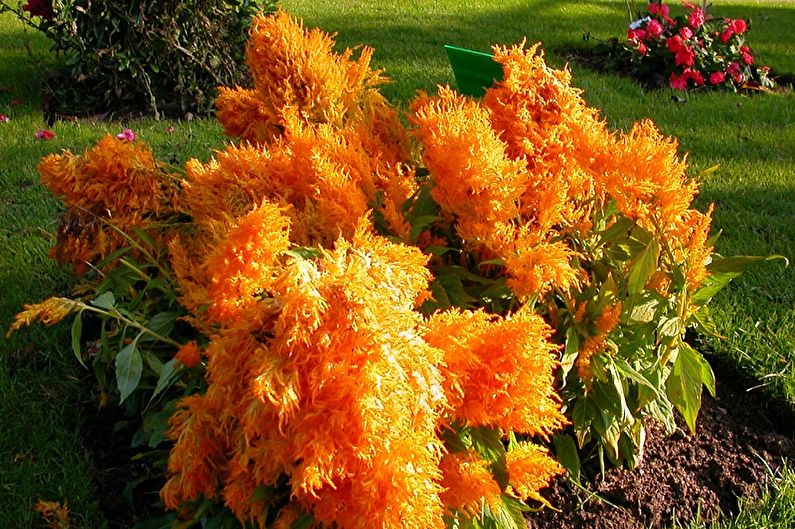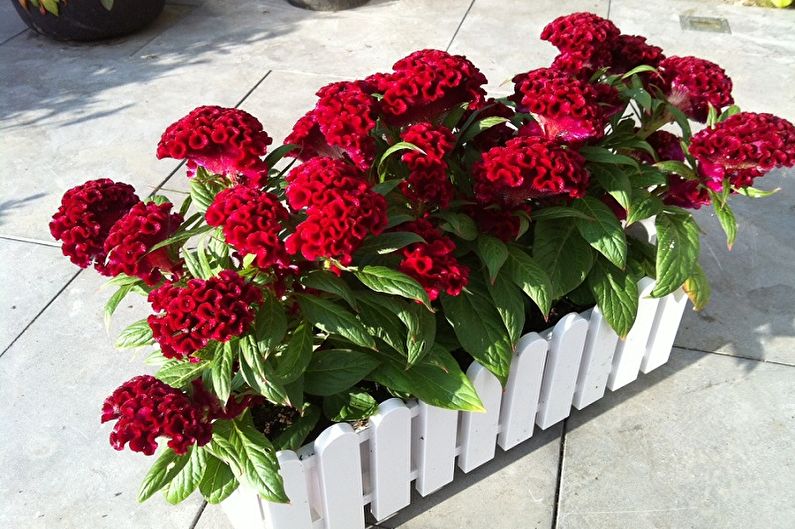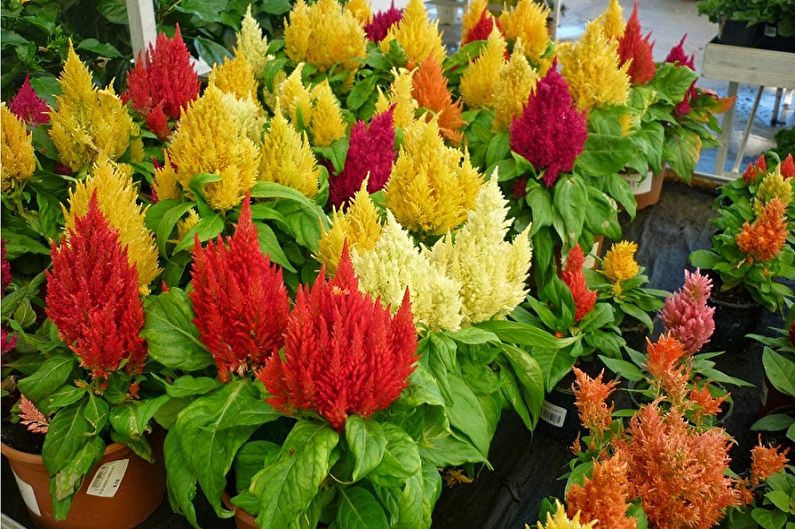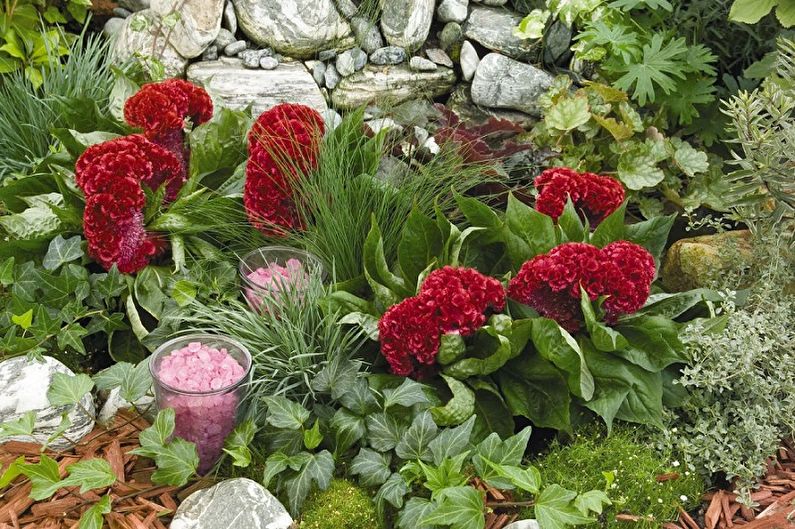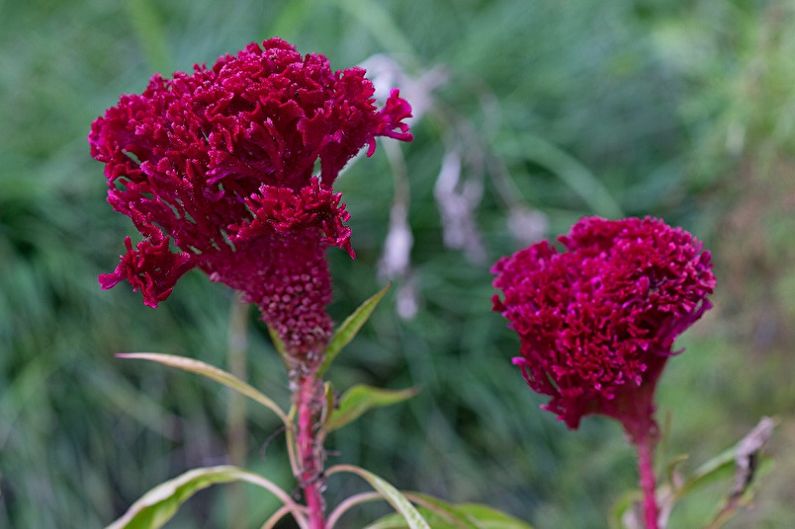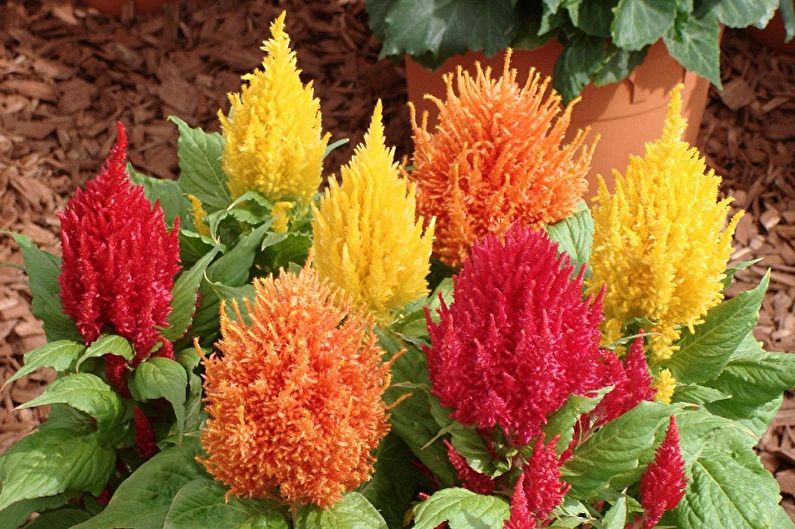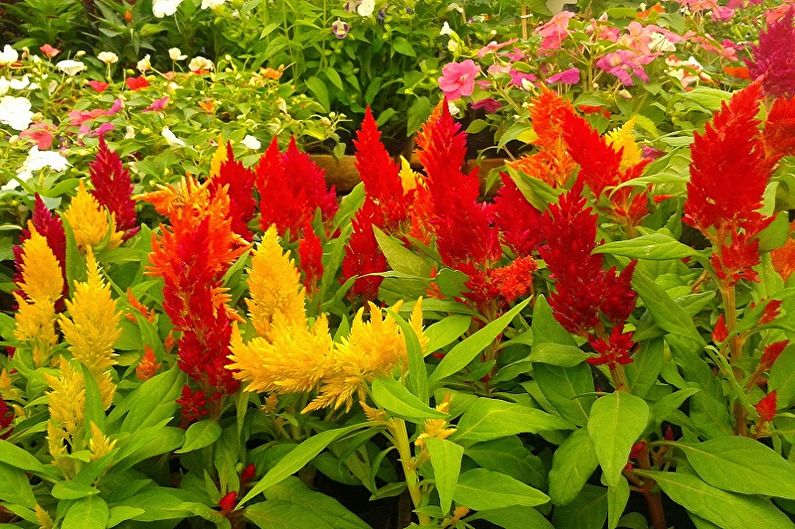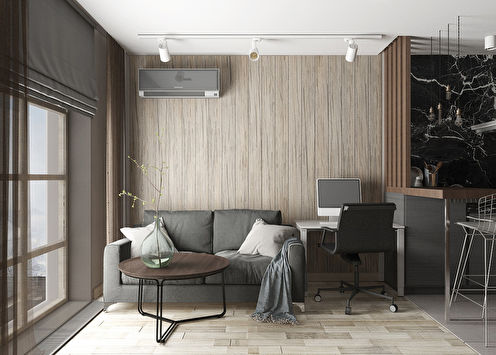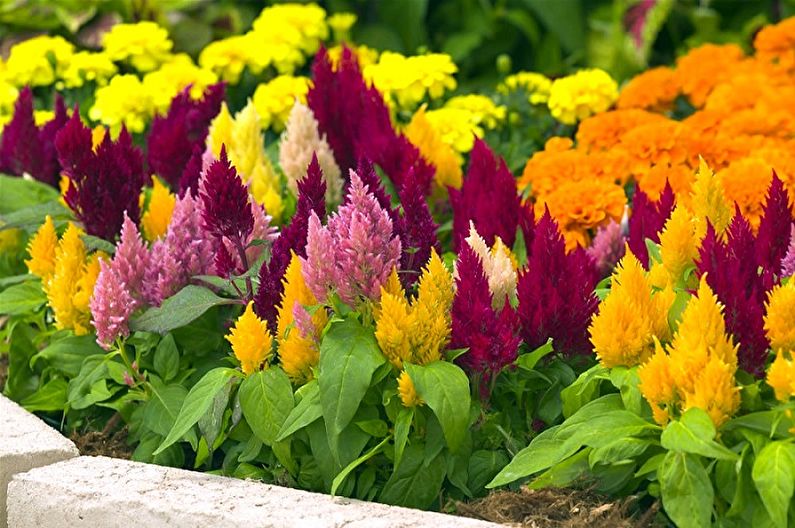
Celosia is a beautiful, rather original plant that grows in countries with a warm climate. It has a completely fair name, which in Greek means “fire flower”, as evidenced by photographs of a future article. Perennial and annual celosia have foliage of variegated, dark purple or green color, and inflorescences have stunning various forms, represented by a bright palette of shades. The plant is great for decorating flower beds, flower beds, hedges, as well as growing at home.
The main types
In the world there are about 60 species of celosia and a wide variety of varieties that amaze with their original shape and color. The beauty of this culture encourages breeders to tirelessly grow new hybrids that can add a bit of exotic to familiar landscapes and bloom gardens. For cultivation in the open ground, as well as at home, two main types are used - silver combed cirrus and cirrus.
Celosia comb
The species is a perennial growing to a height of up to 70 cm, but in apartment conditions it is grown as an annual. This plant got its name from its funky flower shape with rows of convolutions, similar to a cockscomb. In addition to the unusual shape, the flowers of this species are distinguished by incredibly diverse bright colors, they can be scarlet, sunny yellow, orange, and purple. Celosia of this species with such an elegant color will never go unnoticed.
In addition to the beauty of flowering, gardeners are also attracted by its duration, which lasts from July to late autumn. But even with falling leaves, the plant does not cease to delight with its exotic decorativeness, shining with its bright green, purplish-purple, burgundy, and sometimes golden foliage. Most often, such varieties are planted on sites as:
"Impress" - celosia with burgundy buds and chic purple leaves;
“Imperialis” is a small bush that does not grow more than 25 cm, but can safely boast of its purple leaves with red veins and small scarlet flowers;
Atropurpurea is a plant that has light green leaves with pink veins and relatively large buds.
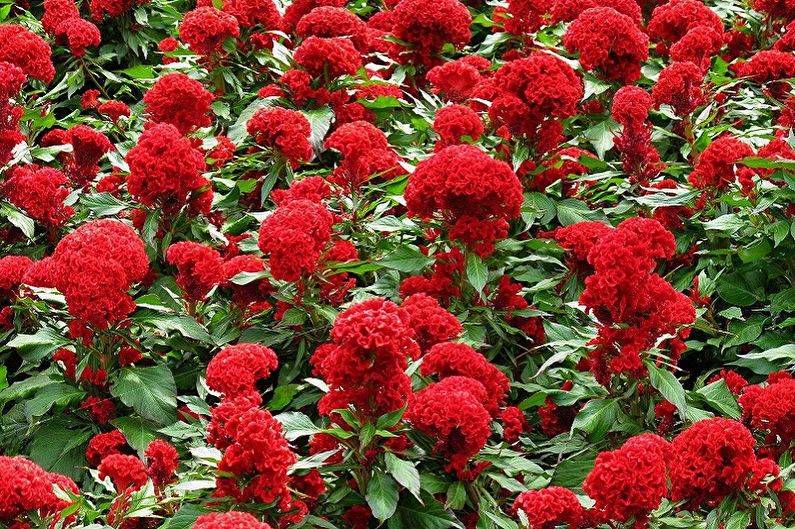
Celosia Cirrus
The aesthetic properties of this celosia are not inferior to the previous form, although they differ sharply. This annual has lush, relatively long inflorescences, reaching about 1/3 of the total height. It also has a long flowering period. Colorful colors of paniculate inflorescences can turn a flowerbed into a real firework. Among the diversity of representatives of this species, tall ones are distinguished - up to a meter in height, medium-sized and dwarf, not exceeding 30 cm. In landscape design, one can find such popular varieties as:
“Golden Flitz” - a tall plant (up to 80 cm) with golden-orange inflorescences;
“Feuerfeder” is a small specimen growing up to 35 cm and having bright red inflorescences.
It is also worth noting this type of celosia as spike-shaped. She did not gain much popularity, as the previous species. Perhaps the reason is not so spectacular splendor of the plant’s outfit - its inflorescences are similar to spikelets of wheat, but they are rather slender, reach a height of 1.2 m and are distinguished by a variety of colors: from light yellow to purple.
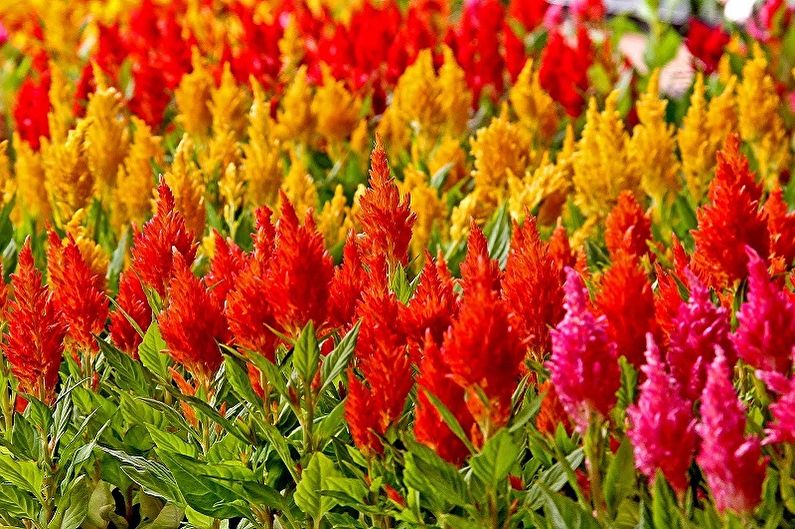
Proper care for celosia
Like any decorative flowering plant, celosia needs additional care.Representatives of this genus living at home need to create a suitable microclimate, take care of the composition of the nutrient soil, so that they feel comfortable and delighted with bright flowering.
Lighting
Celosia feels great in a place that is well lit. When it is in a state of seedlings, it is necessary to organize additional illumination. For indoor view, you can choose a place on the south or west window. The plant is able to easily tolerate direct sunlight, so when planting in garden soil, you must choose open areas, flower beds that have good lighting.
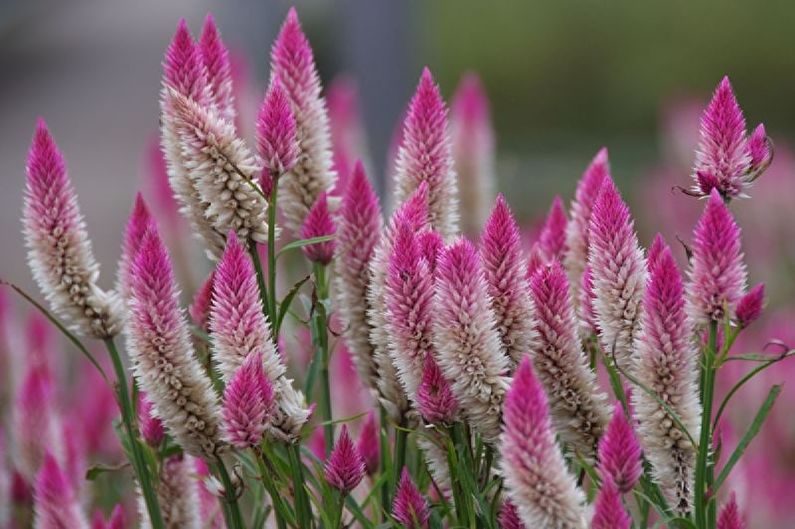
Temperature
The plant is quite thermophilic and very sensitive to cold - a drop in temperature to + 5C can be detrimental to celosia. At home, celosia growing in a flowerpot can be taken out to the balcony only if the temperature does not drop below + 20 ° C. It is worth noting that many breeders undertook the development of frost-resistant hybrids, but so far they have not succeeded.

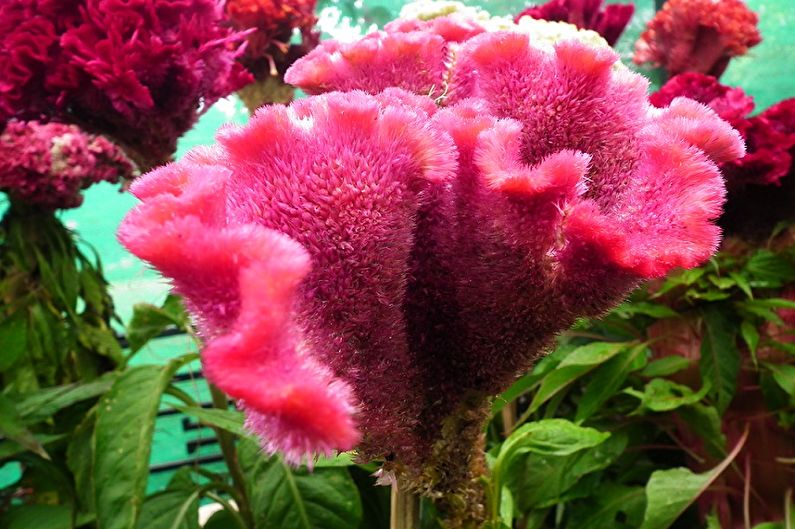
Humidity
Celosia does not like waterlogging of the soil, which often leads to its disease. It is important not to overdo it with watering, and for pot residents it is necessary to equip drainage before planting at the bottom of the tank. The culture does not need spraying. If after watering at the bottom of the pallet there is an excess of water - you need to get rid of it.
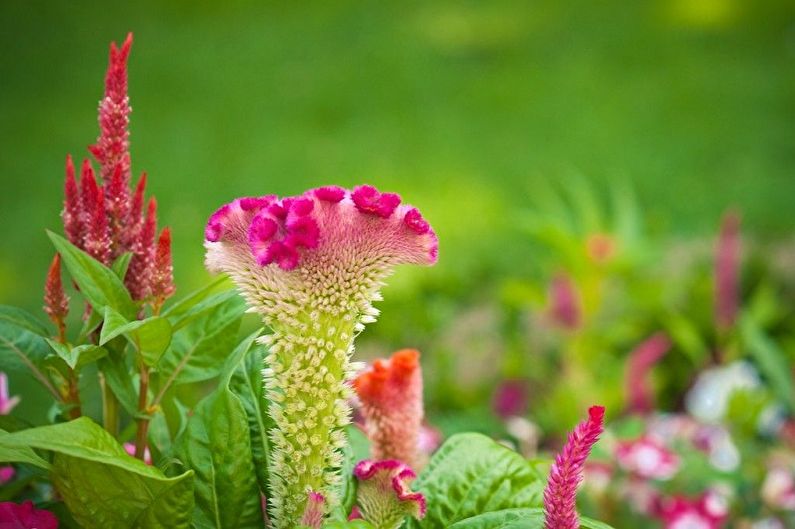
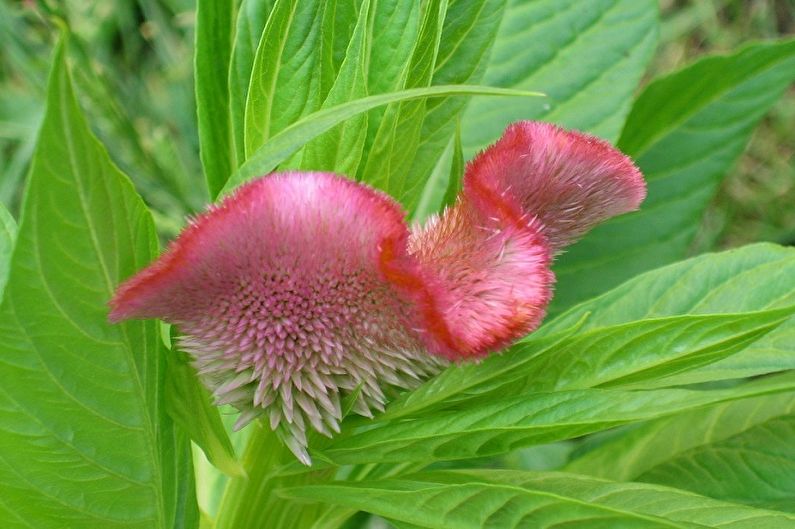
Watering
Celosia requires regular watering, which should be carried out as the soil edges dry. It is necessary to water with soft, pre-infused water, and even better - rain water, which does not contain lime, unlike tap water. Sometimes at home they use another method of feeding the soil, placing the flowerpot to the very edges in a container with water. It must be held until air bubbles cease to form on the surface. The flowerpot is removed, the excess liquid is drained and put back on the pallet.

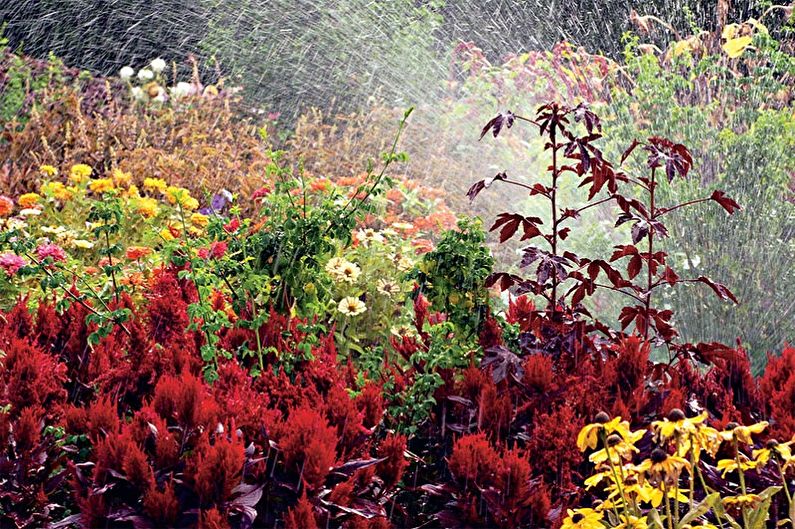
Fertilizers and fertilizing
If celosia is cultivated as an annual, fertilizers applied during planting or already present in the soil will be enough for its life span. Perennial nutrition is necessary. It is possible to nourish the plant with acquired liquid formulations for flowering species, which have established themselves as the most effective. They are brought into the ground throughout the summer every 6 weeks, until September. For a better result, gardeners often mix fertilizer formulations with prepared water for irrigation.
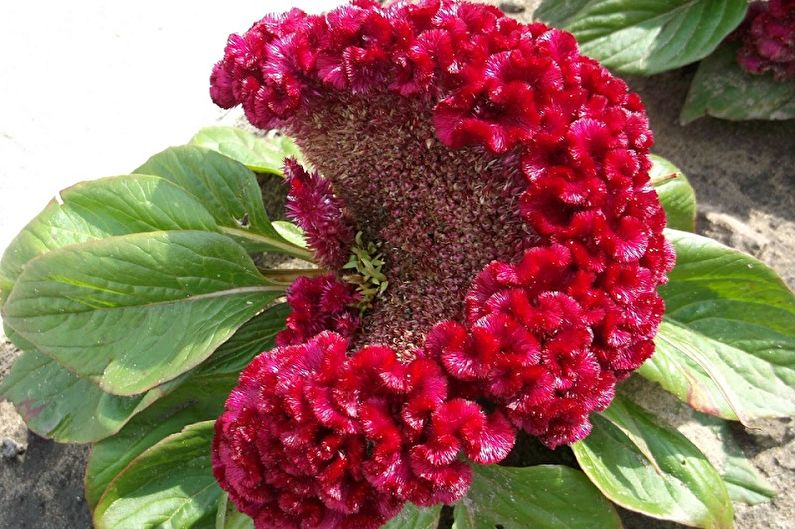

Diseases and Pests
Celosia can suffer from ailments caused by improper care. In particular, fungal diseases of the indigenous system (black leg) are the result of waterlogged soil and poorly drained substrate. In this case, it is necessary to establish watering, sprinkle the soil with a layer of wood ash, and sometimes transplant the plant. The increased acidity of the soil, lack of iron can lead to the development of an ailment such as chlorosis, which is treated with a preparation containing iron compounds.
Of the pests, aphid, which feeds on cell sap, can cause significant damage to plants of this species. To eliminate it, you can use chemical compounds - acids or a self-prepared solution based on liquid soap (2 tsp), vegetable oil (1 tbsp.) And water (2 tbsp.). Processing should be carried out several times every 3-4 days.
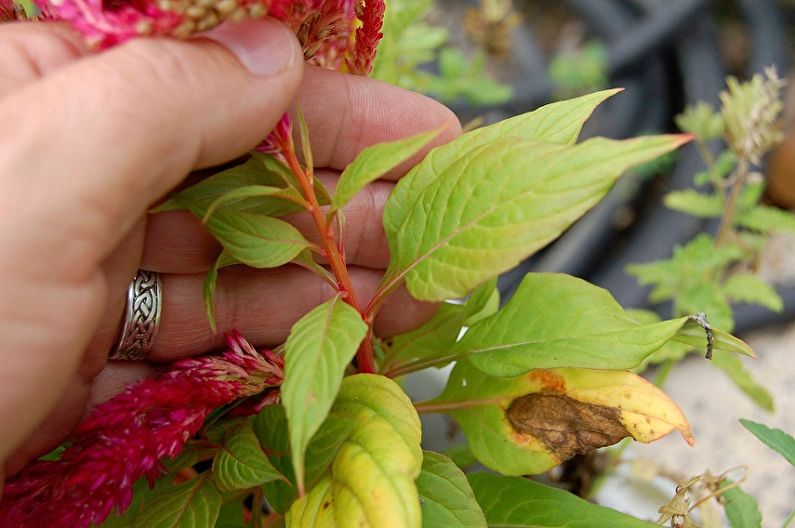
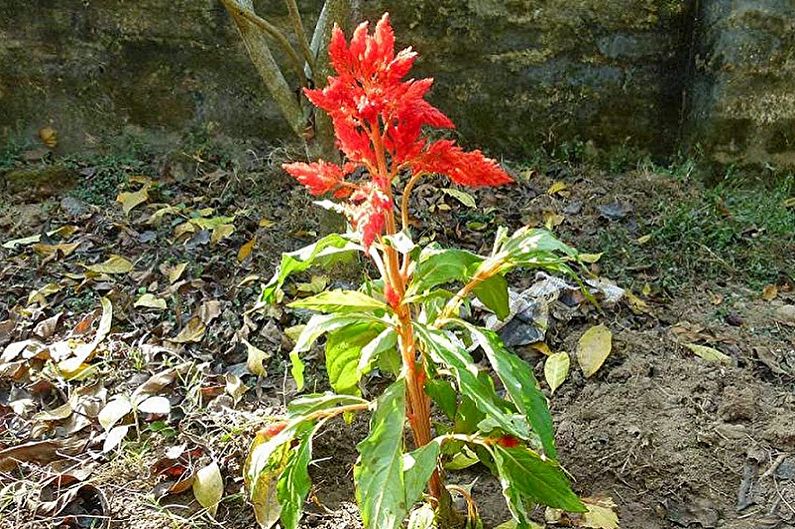
How to transplant celosia
Only perennials are subject to transplantation. The best period for this is late spring, when the weather is warm. This also applies to indoor inhabitants, who require a change in capacity and soil in the case when the root system grows strongly and crawls out of the drainage hole. The plant must be very carefully removed from the pot so as not to damage the rhizome. It is recommended to add fertilizers and sand to the new soil, which will make the soil lighter and more breathable.
Choosing a place for transplantation of celosia in the open ground, it is necessary to give preference to sunny areas, protected from wind and draft. For group plantings, dig holes at a distance of 30 cm for high crops and 15 cm for dwarf ones. Regardless of the composition of the soil, it is worth mixing a little humus. Planted in the planting pit is sprinkled with soil and watered. Change of residence is carried out after 2–4 years.
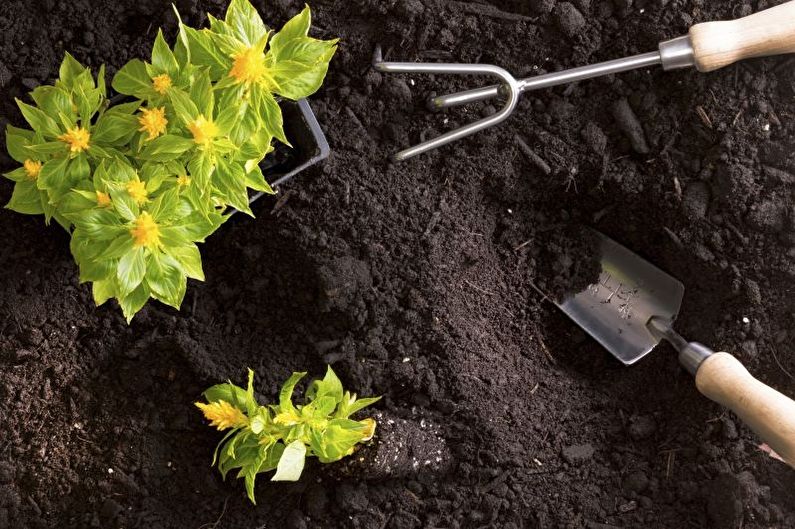
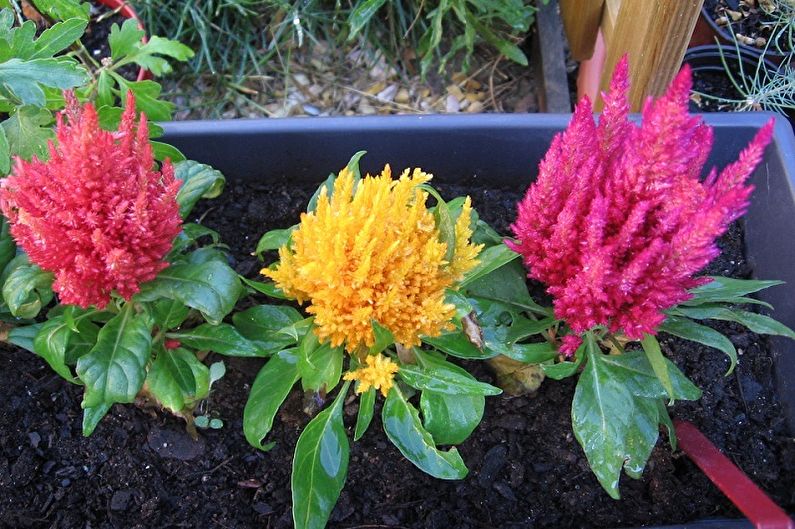
Propagation of celosia at home
There is only one reliable way to grow exotic celosia - seedling cultivation. Cuttings are also possible, but practically not applied to this species, since such a method of reproduction, as a rule, does not guarantee the preservation of the decorative culture.
Seeds are recommended to be sown in the second half of March. It is necessary to prepare a shallow container with soil. The material is evenly distributed throughout the garden and lightly sprinkled with soil. Sowing is watered and covered with a film (plastic bag) to make a greenhouse. The sowing container is installed in a warm place and stored at a temperature of at least + 23 ° C. If the temperature regime is lower, some of the seeds simply will not be able to germinate.
The first sprouts of celosia will appear in 10-14 days and begin to grow actively. At this time, it is necessary to provide them with good lighting, to build additional lighting. Putting in direct sunlight is not recommended. Sowing needs to be thinned out so that the distance between the plants is one centimeter. Dive into the open ground or an "adult" pot is carried out when fully formed leaves appear on the sprouts.
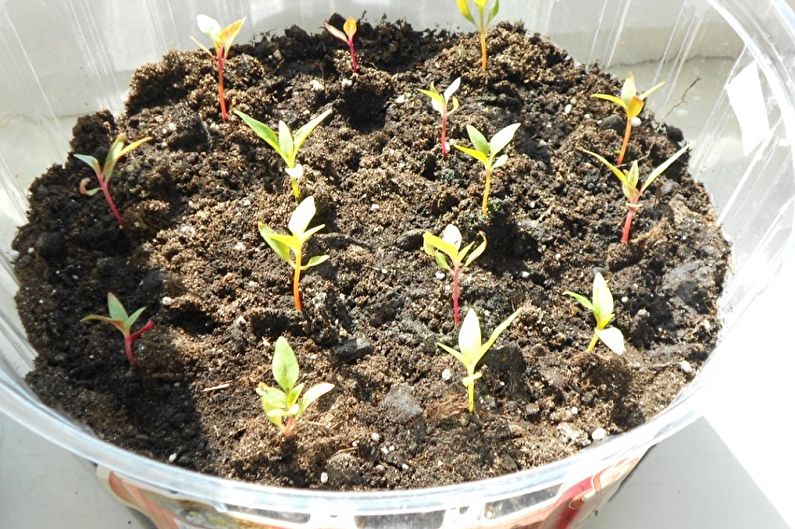
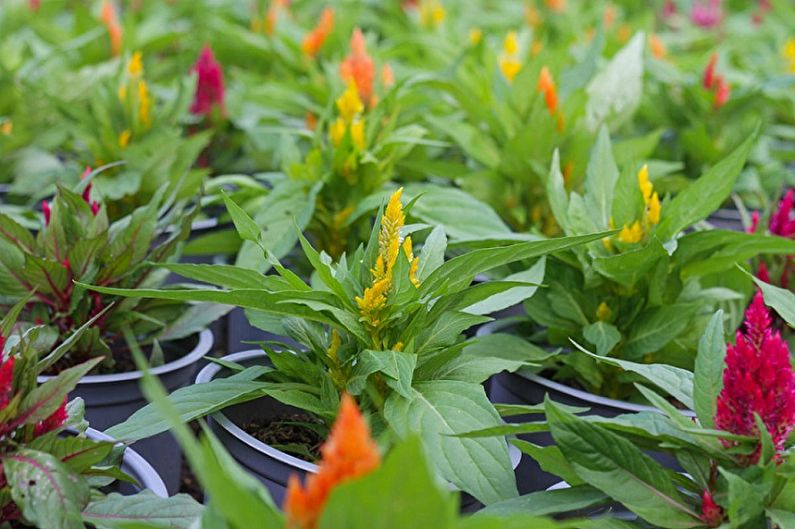

Celosia - photo
For a more detailed acquaintance with the beautiful genus of celosia, we suggest visiting our photo gallery, which is located below. Here is a rich variety of "prima" of any flower garden, its excellent flowering in the open landscape and indoor interiors. Enjoy watching!
